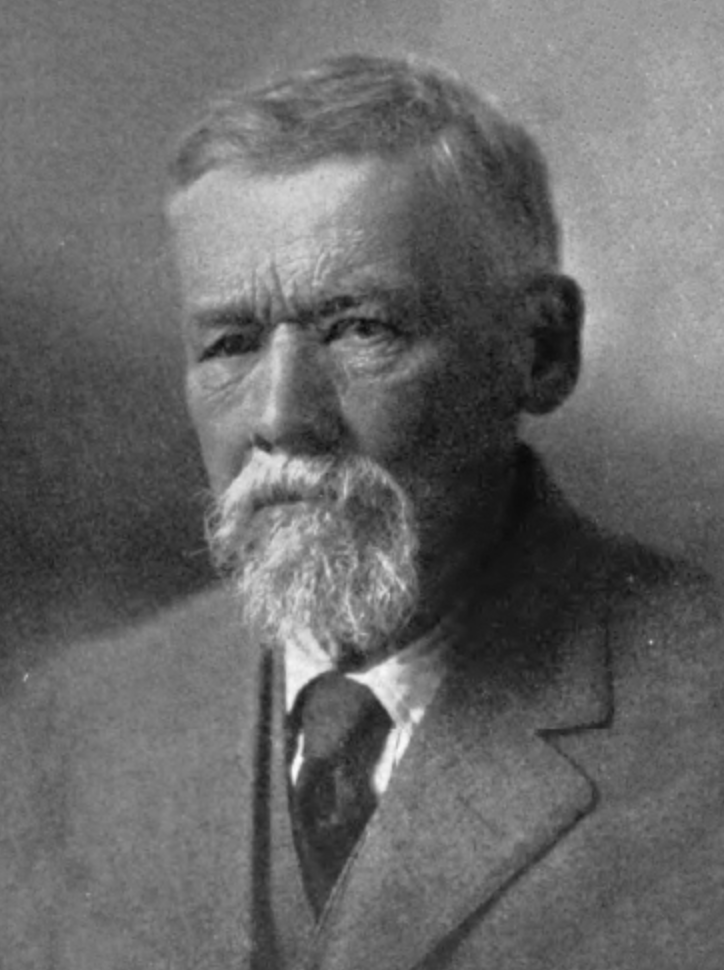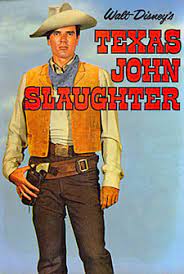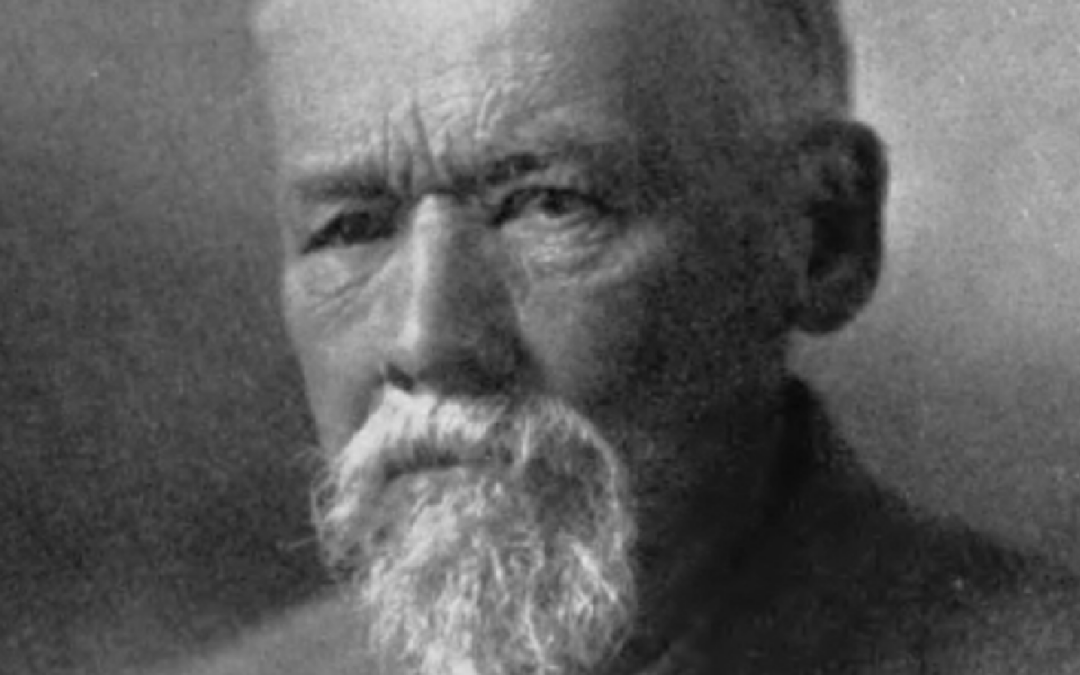
In 1886, the citizens of Cochise County elected John Slaughter sheriff, the office he would hold for two terms. He could have stayed on but felt he’d done enough and he wanted to get back to his family and the ranch. His successor, famed photographer, C.S. Fly appointed him deputy, a position of honor he held until his death in 1922.
He’d purchased the old San Bernardino Land Grant ranch in 1884. Consisting of some 64,000 acres, one-third was in Arizona and the other two-thirds in Sonora. It was blessed with plenty of water, the necessary ingredient in western ranching and a small community developed around it. Before long an empire that would become one of Arizona greatest ranches was running cattle on a quarter million acres from the Chiricahua Mountains to the Sierra Madre.
When the Apache bands raided his cattle herd, Slaughter took the offense and went into their lair. Eventually, they avoided his ranges. Years later at Fort Sill, Geronimo commented that before he died he’d like to go back to Arizona and kill John Slaughter. Slaughter took that as a compliment. Incidentally, Geronimo surrendered in 1886 in Skeleton Canyon, on Slaughter’s range.
On the other hand Slaughter, like Henry Clay Hooker at the Sierra Bonita, in northern Cochise County, allowed hungry Apache to butcher a beef when necessary.
In 1907 Slaughter was elected to the territorial legislature and served a single term. But ranching was his life and he was never
happier than when he was at the San Bernardino with his family.
By now “Old Dad Time” was catching up with John Slaughter but he still had plenty of fight left in him. During the Mexican Revolution Pancho Villa’s men were butchering his cattle to feed their army near at Agua Prieta. Slaughter grabbed his gun, mounted his horse, and rode boldly into Villa’s camp with fire in his eyes. He returned home later with his saddlebags full of shiny new twenty-dollar gold pieces. Not even Pancho Villa was willing to tangle with the man some called, “the wicked little gringo.”
His last battle occurred on May 4th, 1921, when he and Viola, armed with shotguns, held off several bandits who were out to rob the ranch. He was eighty-one.
Slaughter died the following year in Douglas, the town he helped establish.
John Slaughter was small in size but great in frontier stature. He was a lawman, cattleman, gunman, gambler, businessman, pioneer, and empire builder. He was sometimes a bit careless about the legal niceties of the law but it was a rough, tough country and it took men with bark on to tame it.
His name will be long-remembered.
Postscript: During the 1950s in the early days of color television, Walt Disney Productions made a film about John Slaughter, starring Tom Tryon as Texas John.







